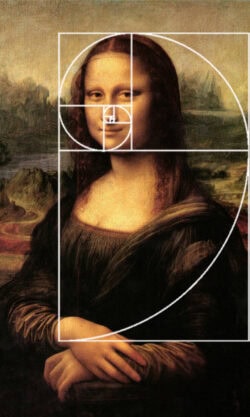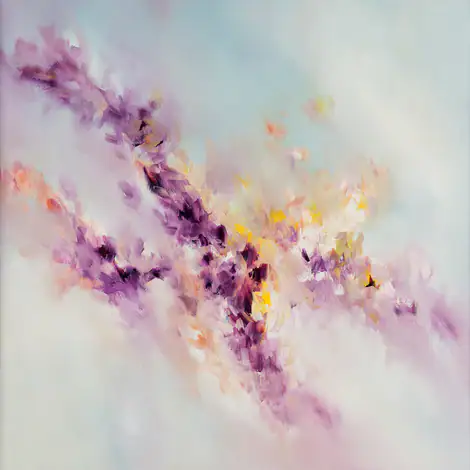Music can have many effects on us. It can bring back memories, it helps us to really feel or process our emotions, and it touches us in a way that’s hard to describe. It can motivate us or calm us down, make us happy or sad. But how are art and music connected? More about this in this blog.
What do artists have to do with that?
Many artists use just that, even if subconsciously, for inspiration or to get into the “mood” of the artwork. Even if you don’t always see it directly, in every Artwork there’s emotion. Many people also concentrate better while listening to music, for example on drawing, because it blocks out background noises and can help to silence negative thoughts. Also important for artists is the music’s ability to stimulate the imagination.
Art and music: mutual inspiration
Art and music are also connected in that they can inspire each other. For example, by transforming music into art or art into music.
Pictures at an exhibition
A well-known example for that is the music piece “pictures at an exhibition”. In 1874 the composer Modest Mussorgski got inspiration for a music piece by 10 of Viktor Hartmanns artworks. He composed a melody for each artwork and short interludes, called “Promenade”, which symbolize the walk through the exhibition.
Art and Music in Antiquity
Already the ancient philosopher and mathematician Pythagoras had a special view of the music. He discovered musical intervals and which ones sound harmonious, the foundation of today’s music theory. Based on this he also established the golden ratio and principles of geometric forms, which have been used in art for long. They help us structure and arrange spaces and placements of elements to make the painting appear more harmonious.

Synesthesia: “seeing” music as art
Some people are also affected by the phenomenon of “synesthesia.” This is not a disease, but rather a special variant of human perception in which a “mixing of the senses” occurs. This means that when one sense is stimulated, one or more other senses are also affected. There are several types of synesthesia. One of these is music-color synesthesia, in which those affected see sounds and music as lines, shapes, and colors. This cannot be controlled and is completely normal for synesthetes. Some people with this special perception also put it on paper or canvas and use their special gift to create art, such as Wassily Kandinsky, Joan Mitchell, and Melissa McCracken.

Melissa McCracken, Wash, 2018
If you want to know more about the influences art can have on us, look into this blog below: